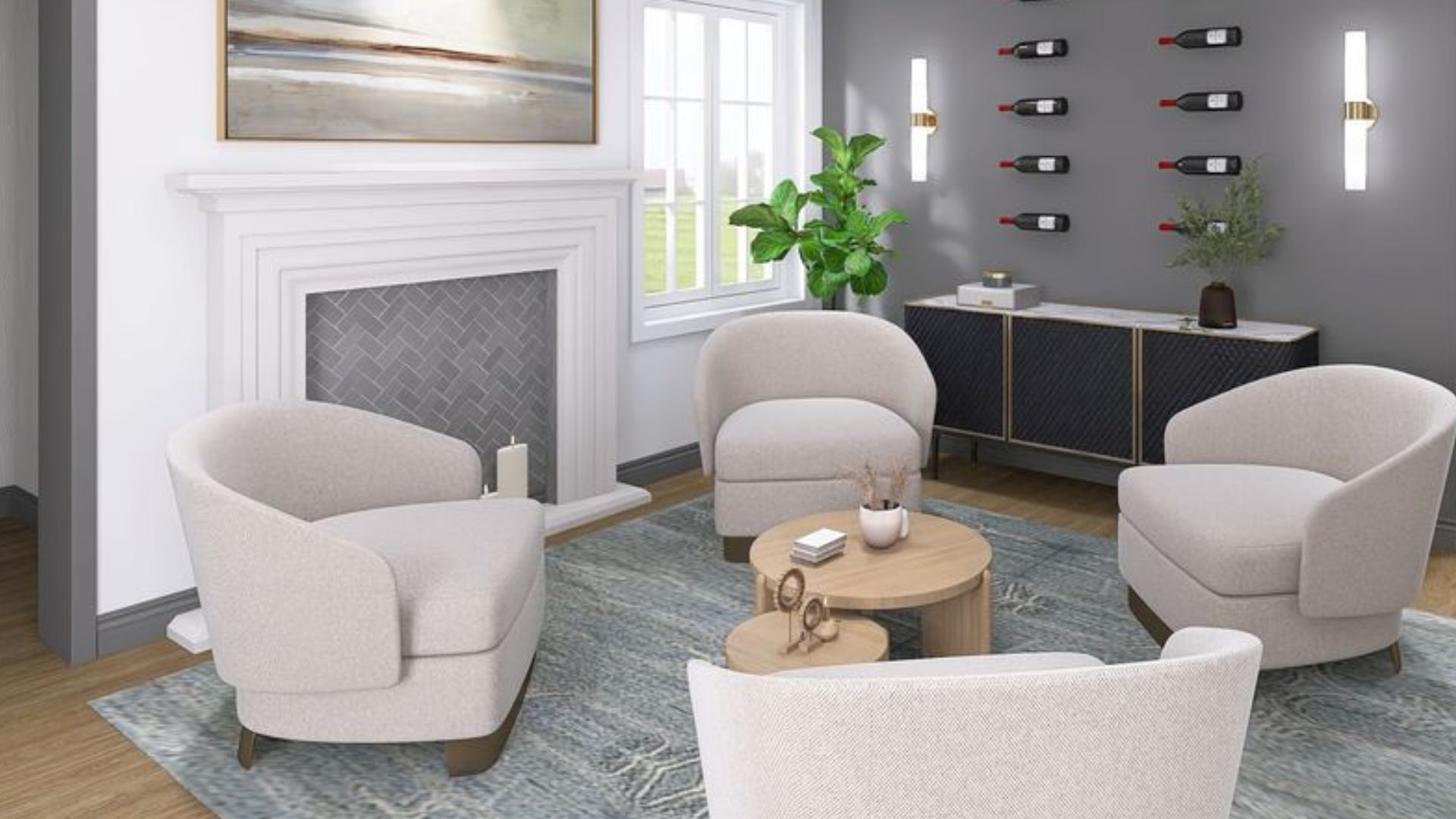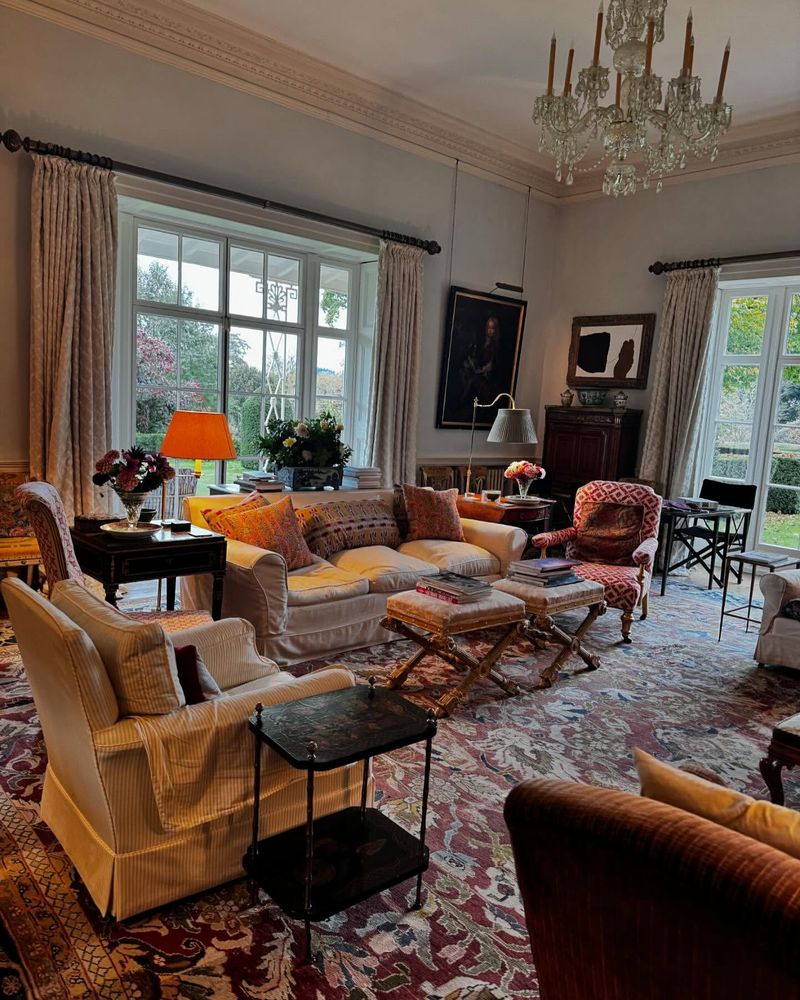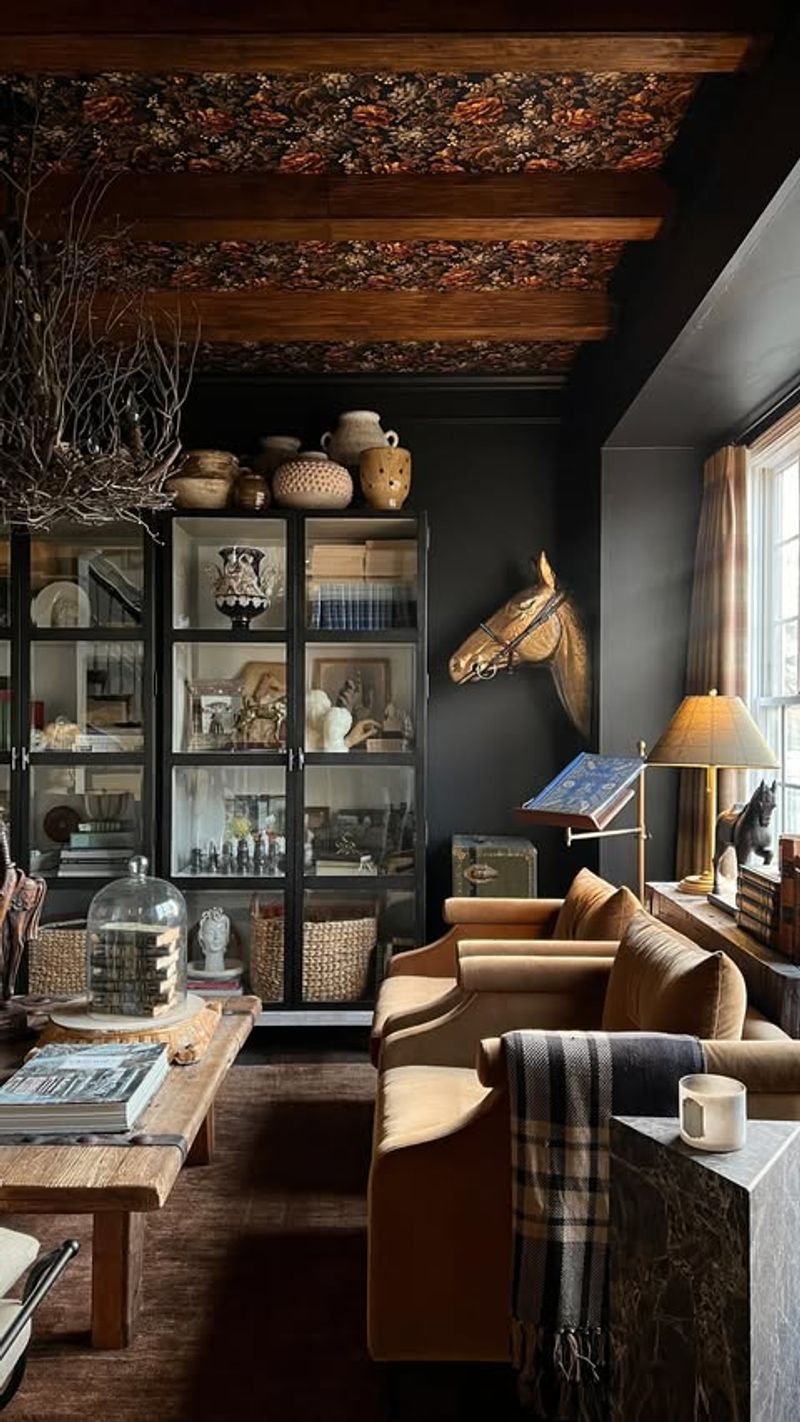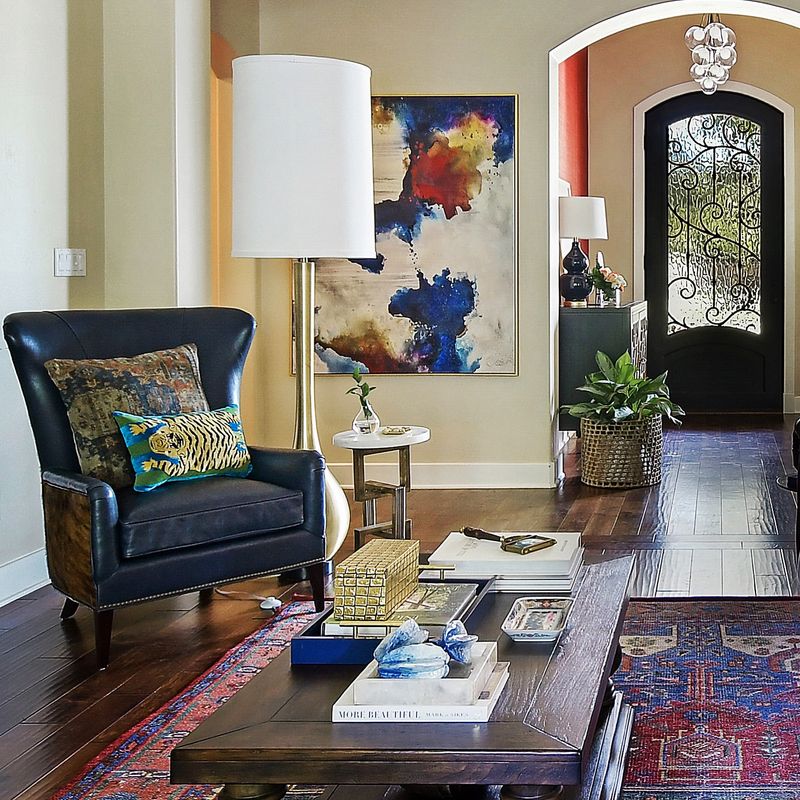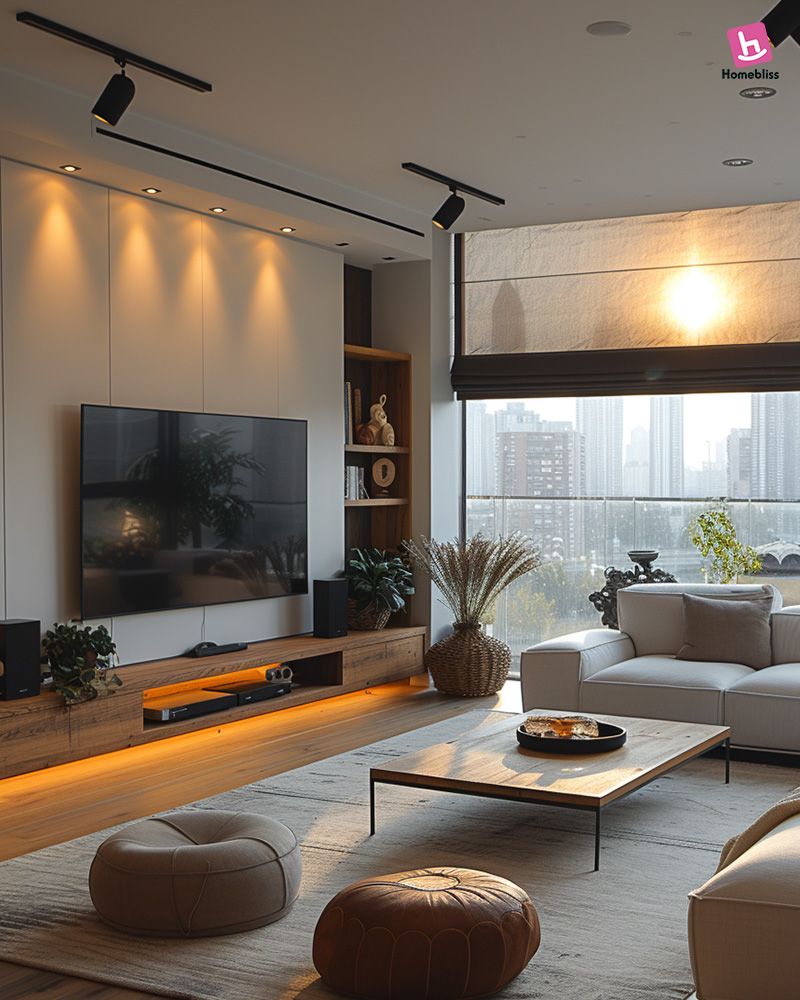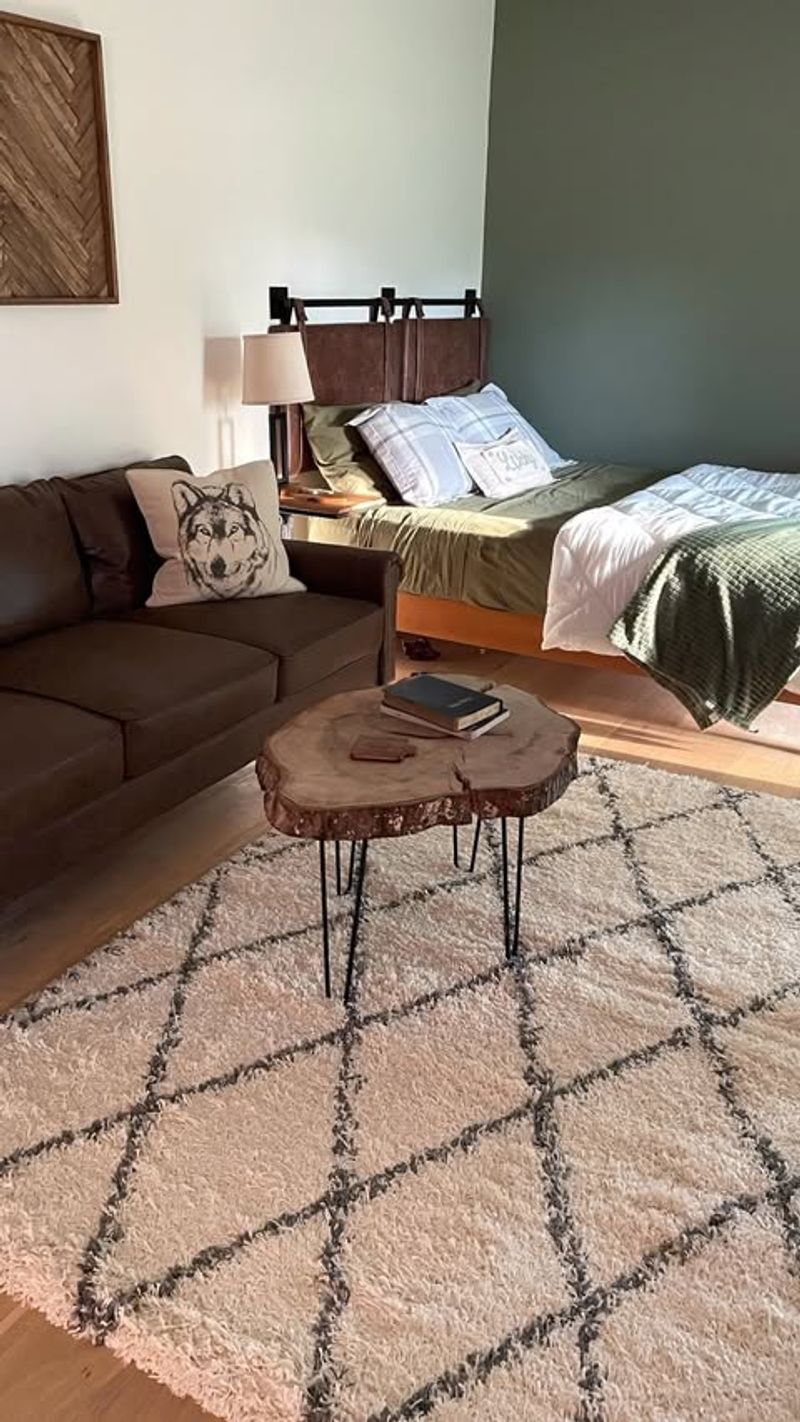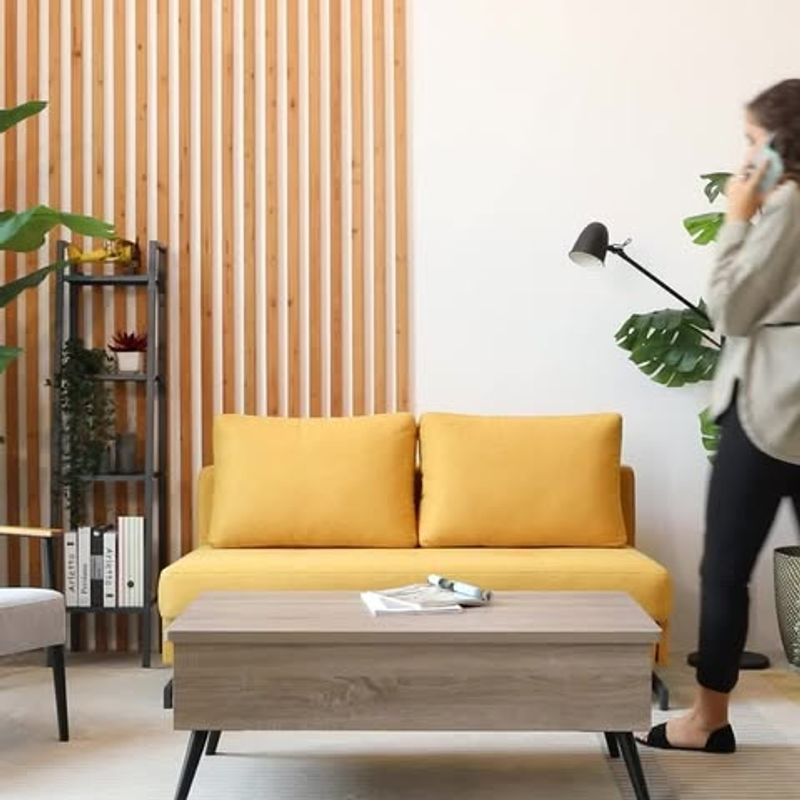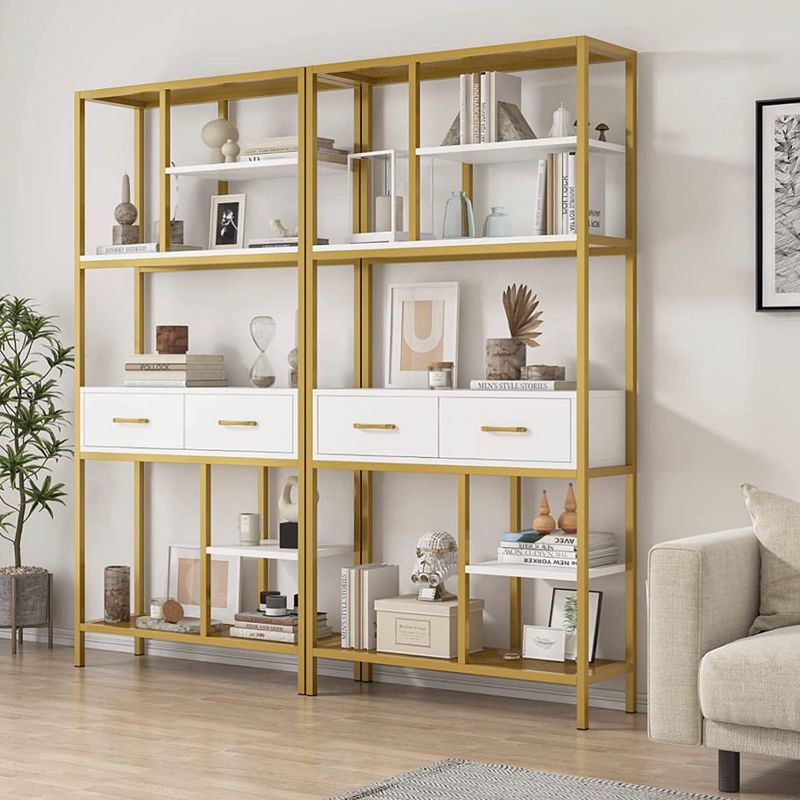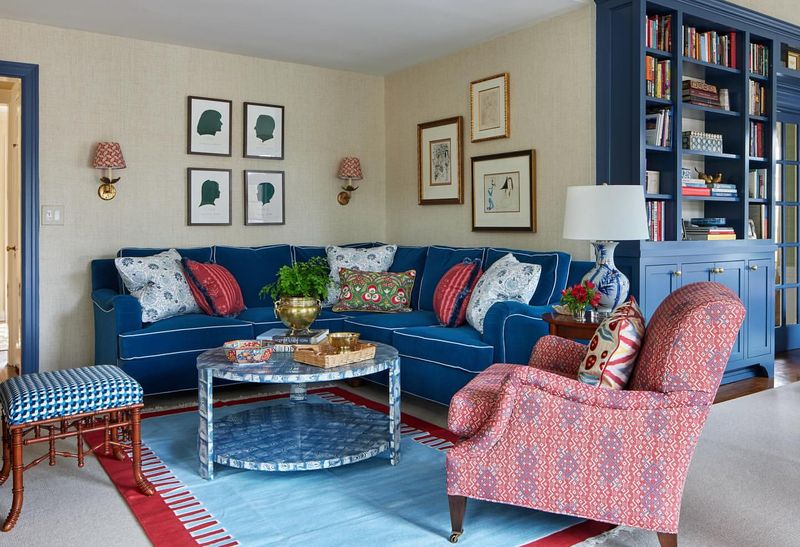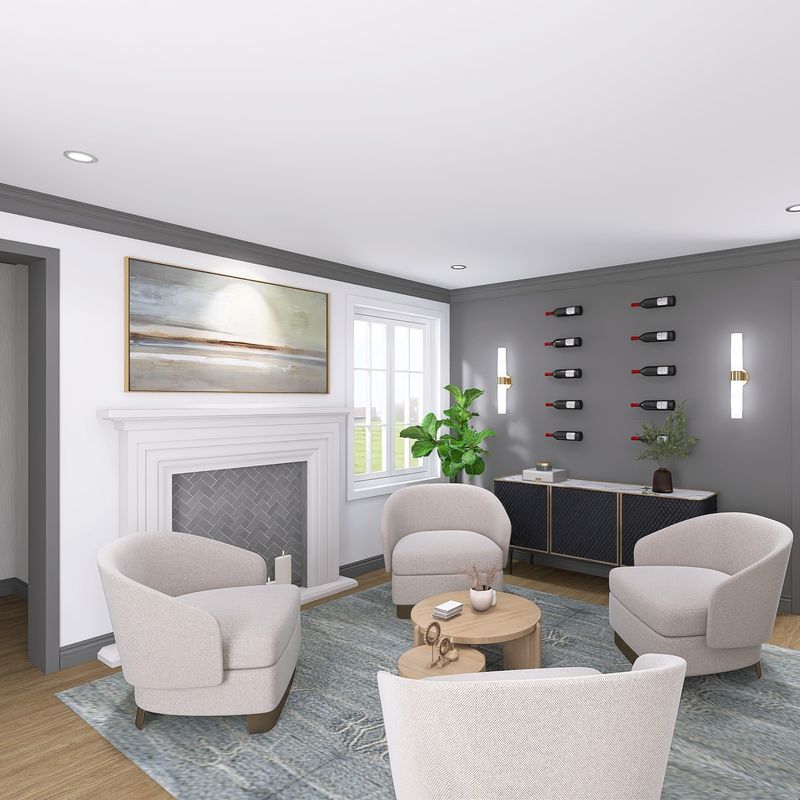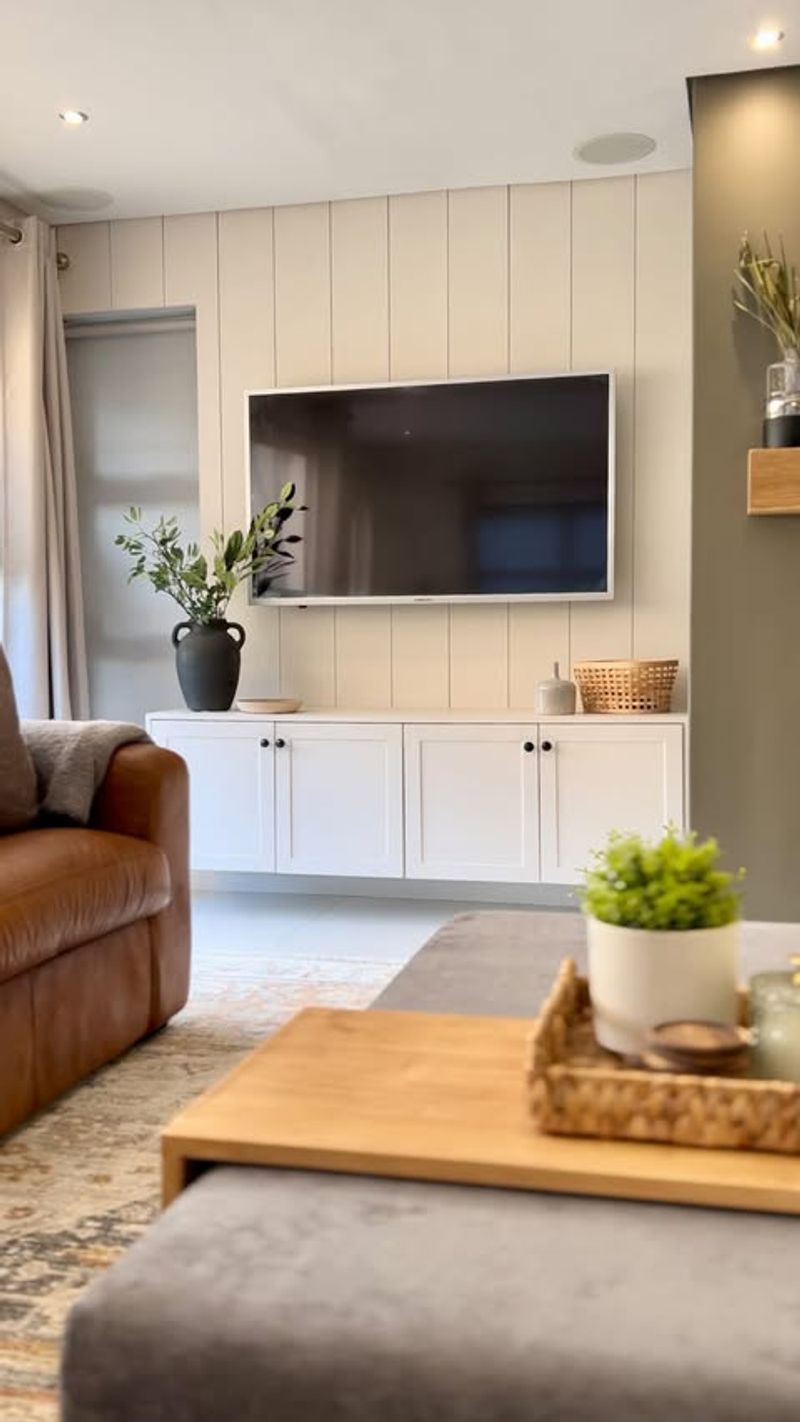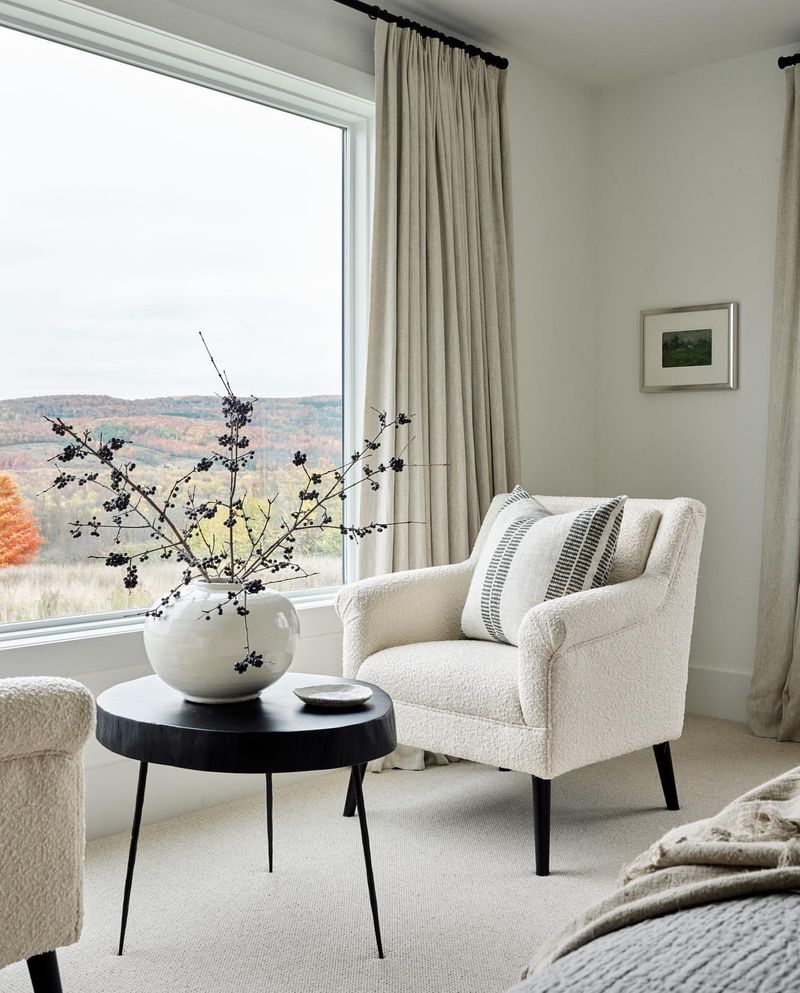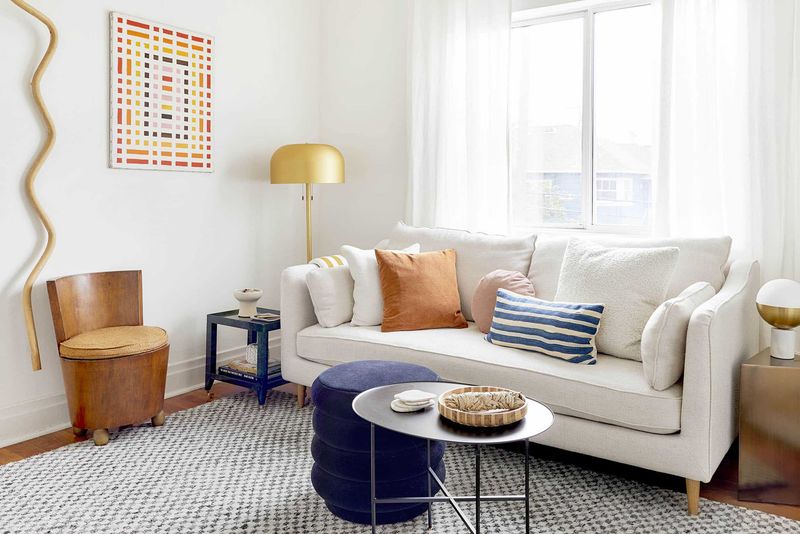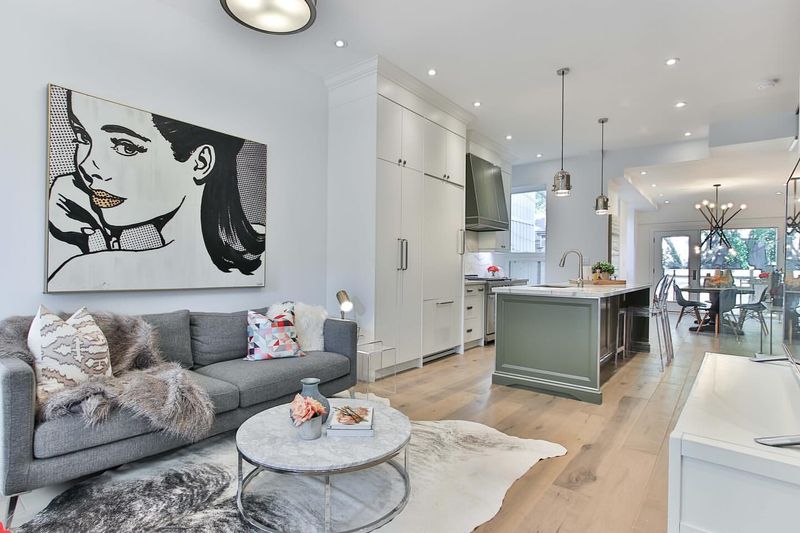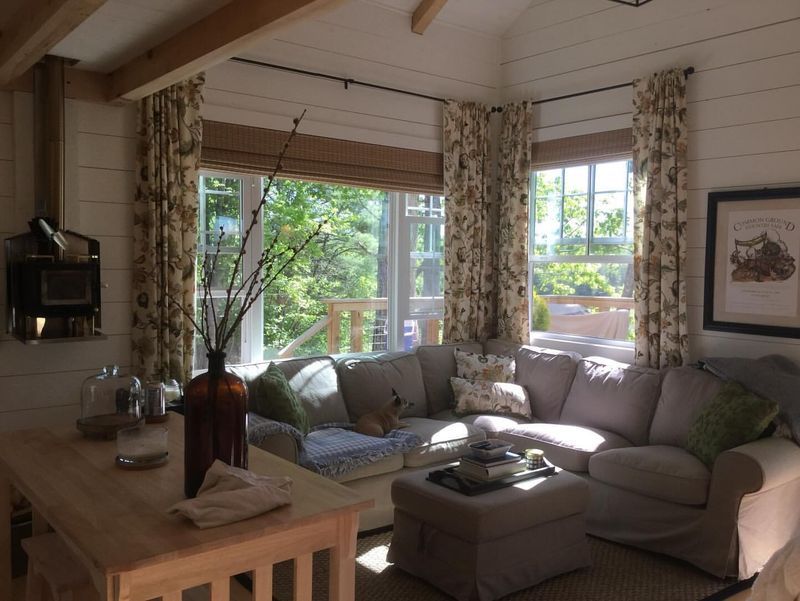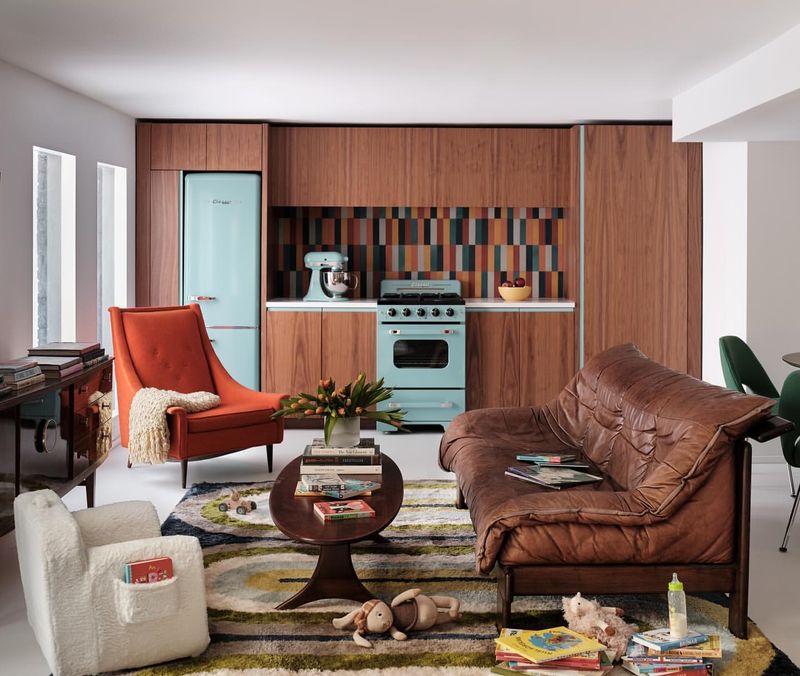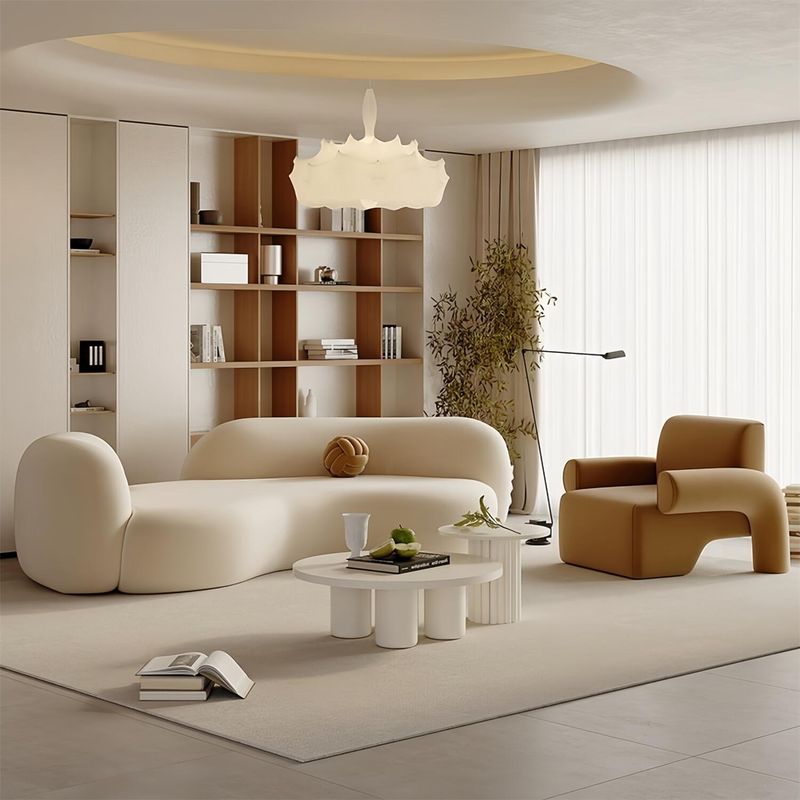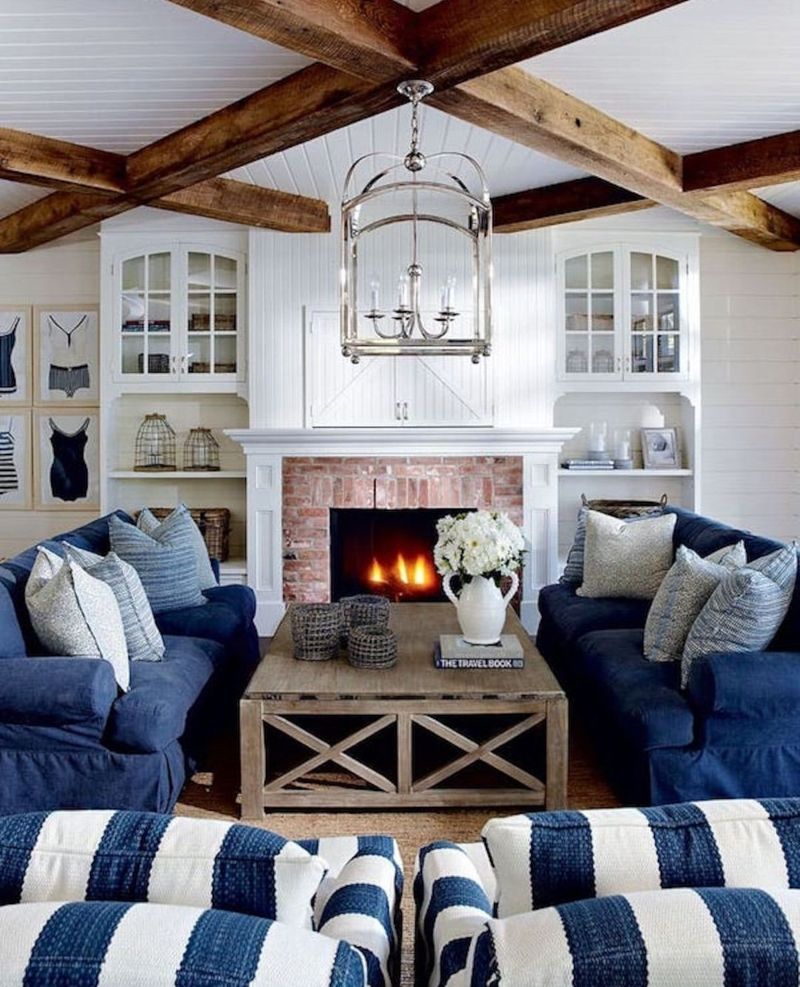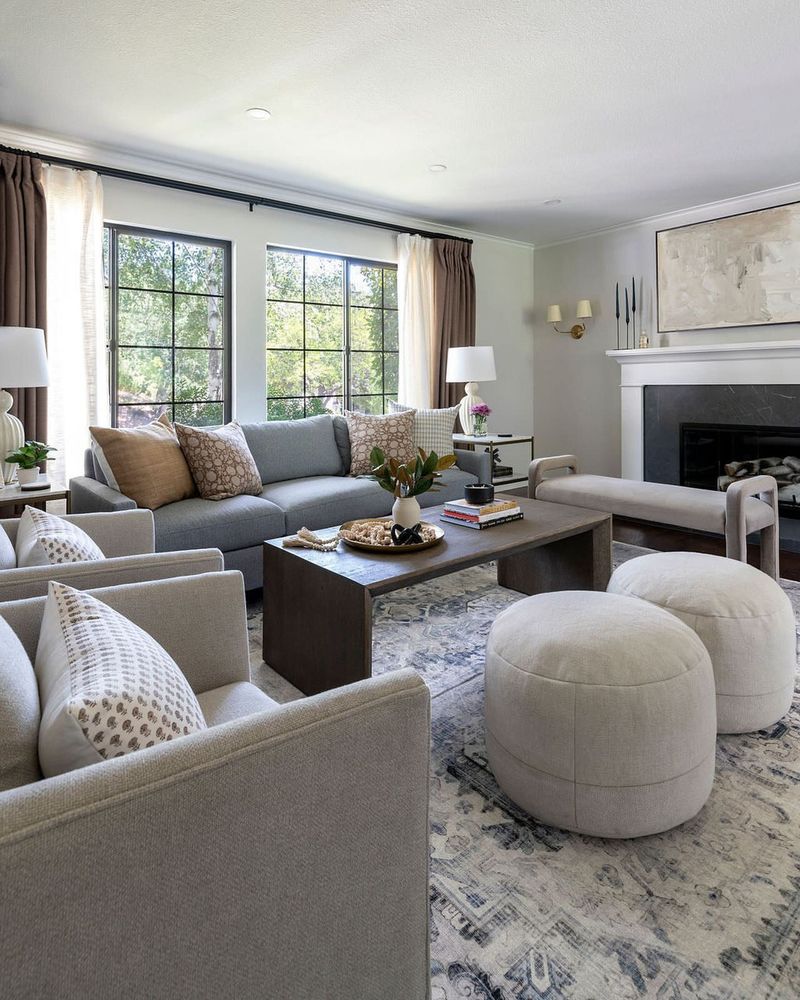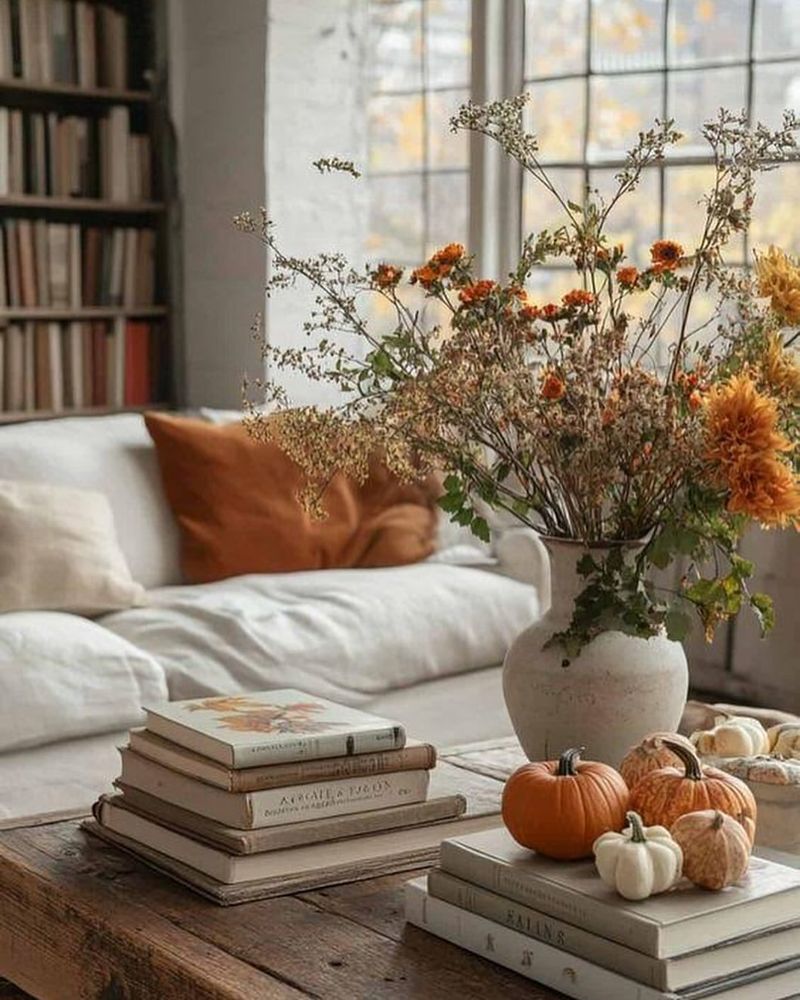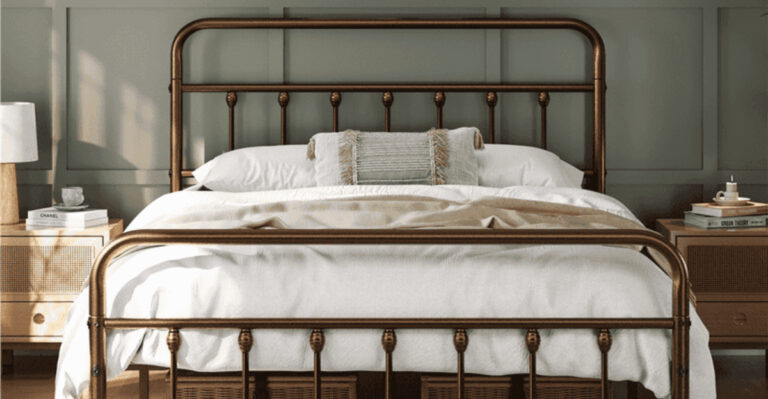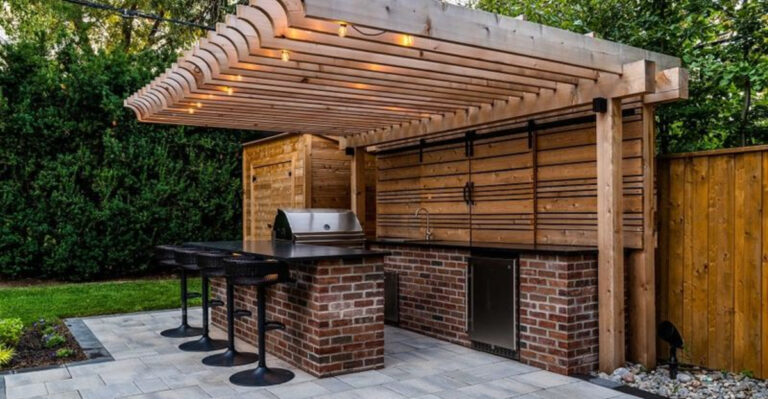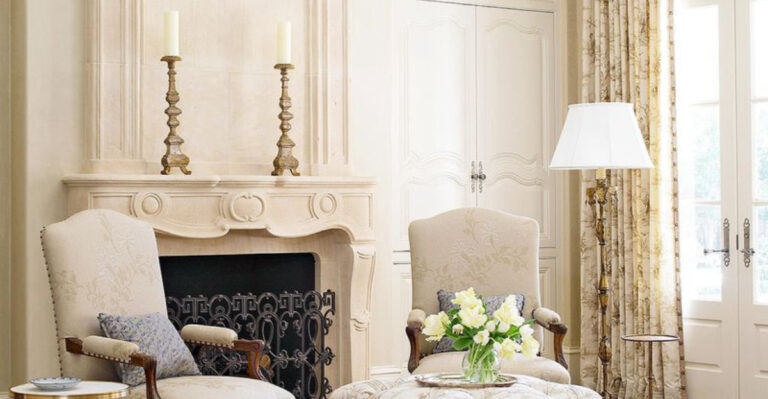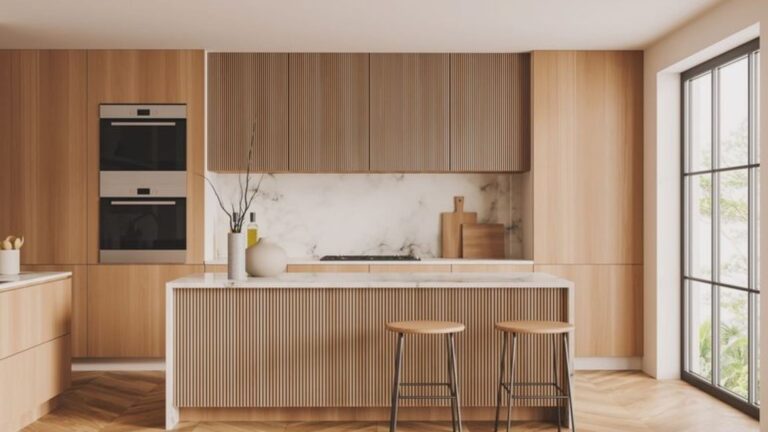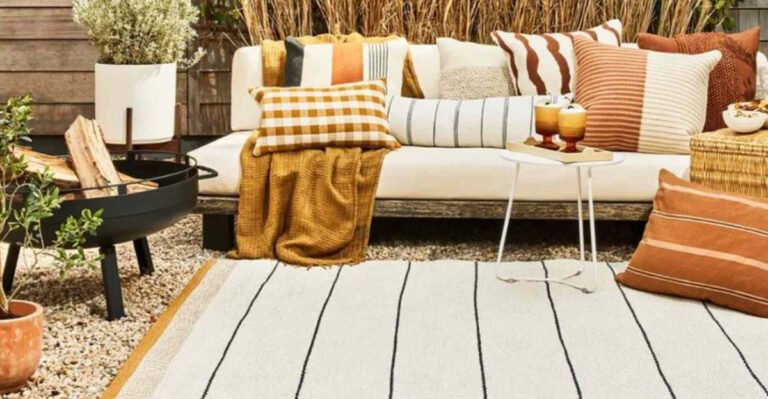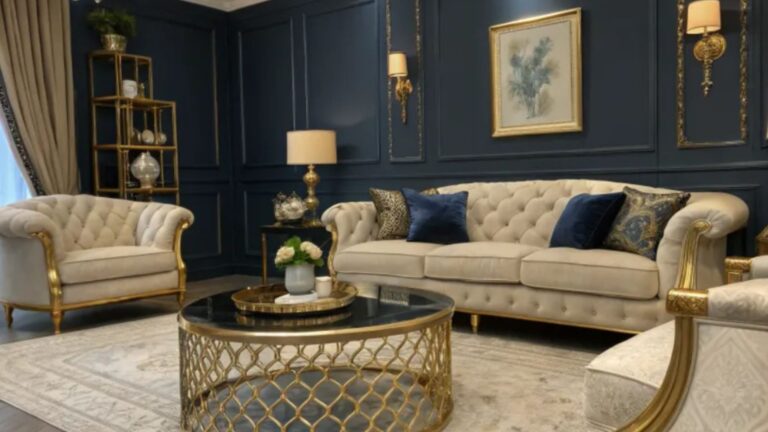21 Living Room Layout Mistakes You’re Making, According To Designers
We’ve all been there—staring at our living room, feeling like something is just a little bit off. It could be the sofa placement or perhaps the wall color.
Designers worldwide have analyzed these common mistakes, and I’ve decided to spill the beans, so your living room can look as fabulous as you imagined.
From mismatched color palettes to awkward furniture arrangements, let’s explore 21 layout blunders you might be making and how to fix them.
1. Ignoring Traffic Flow
Ever stumbled over a coffee table on your way to the couch? It’s easy to forget traffic flow in living rooms. Imagine guests navigating your obstacle course of furniture; not exactly welcoming. Clear pathways can transform your space into a harmonious haven.
Consider moving that bulky armchair or shifting your sofa to open up the room. Guests will appreciate the ease of movement, and you’ll wonder why you didn’t do it sooner. It’s like giving your room a soothing breath of fresh air.
2. Overstuffing with Furniture
Overstuffing your living room with furniture is like wearing every piece of jewelry you own. Less can be more. A cluttered space can feel overwhelming and stressful. Aim for balance and breathing room. Prioritize essential pieces, and let go of extras.
This opens up the space and allows each item to shine. Your living room should feel like a curated art gallery, not a crowded storage unit. Embrace simplicity and let your space breathe.
3. Neglecting Color Balance
Color can deeply affect our emotions. Neglecting color balance in your living room can lead to a visual headache. Think serene, not chaotic. Harmonize bold hues with soft neutrals. Consider a warm beige backdrop with pops of turquoise or coral.
This creates a balanced, inviting atmosphere. Your room becomes a peaceful retreat rather than a technicolor nightmare. With the right color balance, your living room will evoke calm and joy, resonating well with guests.
4. Wall Art Chaos
Art can elevate a space, but chaos on your walls can do the opposite. Beware of cluttered and mismatched frames. Establish a theme or color story for your wall art. Symmetry brings a sense of order. Align frames with your furniture for cohesion.
Your gallery wall should sing in harmony, not shout in disarray. Remember, sometimes less is more. A well-curated display will make your living room feel like a sophisticated gallery.
5. Poor Lighting Choices
Lighting can transform your living room’s mood. Poor choices can cast unwanted shadows or create glare. Layer your lighting with a mix of ambient, task, and accent lights. Consider the room’s purpose; bright for reading, soft for relaxation.
Dimmer switches can add versatility, adjusting the ambiance to suit any occasion. Thoughtfully chosen lighting can make your living room warm and inviting, enhancing its natural charm and welcoming atmosphere.
6. The Rug That Doesn’t Fit
A rug too small can make your room feel disjointed. It’s like wearing pants that are too short; it just looks off. Opt for a rug large enough to anchor your furniture. Ideally, all front legs of your seating should rest on the rug.
This creates unity and defines the space. A well-proportioned rug can tie your room together, enhancing its coziness and style. Your room will feel expansive and thoughtfully designed.
7. Wrong Sofa Size
The wrong sofa size can throw off your room’s balance. Too big, and it dominates the space; too small, and it looks lost. Measure your room meticulously before purchasing. Proportional furniture complements the room.
Consider the sofa’s style and color to match your decor. A thoughtfully chosen sofa provides comfort and style, becoming the room’s centerpiece without overwhelming it. Your living room should feel harmonious and inviting.
8. Ignoring Vertical Space
Vertical space is often overlooked. Tall bookshelves, plants, or artwork can elevate your room’s design. Embrace your walls as an opportunity for creative expression. Shelving adds storage and style, while tall plants bring life and vibrancy.
A well-decorated vertical space can make your living room feel more spacious and interesting. Think upward, not just outward, and watch your room transform into a dynamic environment.
9. Mismatched Furniture Styles
Mixing furniture styles can be a hit or a miss. An eclectic mix can charm, but too much can confuse. Aim for cohesion with a unifying theme or color palette. Try blending contemporary pieces with vintage accents. This balance creates a personalized and harmonious space.
Thoughtful contrasts can add interest without chaos. When done right, mismatched styles bring character, making your living room uniquely yours.
10. Ignoring Functionality
Functionality should guide your layout decisions. A beautiful room isn’t complete if it’s not practical. Consider your lifestyle needs: seating for guests, surfaces for drinks, storage for clutter. Arrange furniture to support these functions.
A functional layout enhances not just appearance but usability. Your living room should be a place where form meets function seamlessly, supporting your daily life with style and ease.
11. Poor TV Placement
TV placement can make or break your viewing experience. Too high or off-center, and it becomes a neck-straining nuisance. Mount your TV at eye level from your seating area. Ensure minimal glare by considering natural light sources.
A well-placed TV blends into the room without overshadowing other elements. It should be a part of your design, not the focal point. Thoughtful placement enhances both aesthetics and comfort.
12. Overlooking Window Treatments
Windows are a critical element in room design, yet treatments are often overlooked. The right curtains or blinds add warmth, privacy, and style. Choose materials and colors that complement your decor.
Layered window treatments add depth and flexibility, allowing you to control light and privacy. Thoughtful window treatments enhance your living room’s overall look, making it feel complete and inviting. They’re the finishing touch that ties everything together.
13. The Case of the Disappearing Coffee Table
A coffee table too small can disappear into the room, leaving it unbalanced. It should complement your seating area, offering both surface area and style. Choose a table that fits comfortably within the space, considering both height and width.
A statement piece can anchor the room, providing functionality and a visual focal point. The right coffee table completes your living room setup, adding both practicality and panache.
14. Forgetting Personal Touches
Your living room should reflect your personality. Forgetting personal touches can make the space feel cold and impersonal. Incorporate photographs, travel souvenirs, or unique artwork. These elements create warmth and tell your story.
Personal touches make a house feel like a home, inviting guests to learn more about you. Each item adds character and depth, transforming your living room into a welcoming and distinctive space.
15. Misjudging Scale and Proportion
Misjudging scale can throw your room’s balance off. Oversized furniture in a small space can feel cramped, while tiny pieces in a large room seem lost. Always measure before purchasing. Choose pieces proportionate to your space, leaving room to move freely.
Proper scale and proportion create harmony, making your living room comfortable and aesthetically pleasing. It’s about balance, ensuring all elements work together seamlessly.
16. Awkward Seating Arrangements
Seating arrangements can affect conversation flow. Avoid positioning chairs and sofas away from each other; it can feel isolating. Arrange seating to encourage interaction, creating a cozy and inviting atmosphere.
Consider angles and distance; guests should feel connected, not distant. Thoughtful seating arrangements promote conversation and camaraderie, making your living room a warm gathering place for friends and family.
17. Choosing Style Over Comfort
Choosing style over comfort can lead to regret. A trendy couch might look fabulous but can be a nightmare to sit on. Prioritize comfort without sacrificing style. Opt for plush seating that invites relaxation. Test furniture before buying; comfort is key.
Your living room should be a place of rest and enjoyment, where style meets soothing comfort. A harmonious blend ensures long-lasting satisfaction and a space you’ll love coming home to.
18. Ignoring Focal Points
Focal points draw the eye and anchor the room. Ignoring them can make your space feel aimless. Create a feature wall, art display, or fireplace as a central element. This draws attention and provides structure. A strong focal point adds interest and cohesion to your design.
It’s the star of the show, guiding the rest of your decor choices. With a clear focal point, your living room will captivate and delight.
19. Discarding Symmetry
Symmetry brings balance and harmony to a room. Disregarding it can make your decor feel lopsided. Balance elements on either side of a central point, like a fireplace or TV. This creates visual appeal and stability.
Symmetry can be soothing, providing a sense of order and completeness. It’s a classic design principle that never goes out of style, ensuring your living room feels inviting and well-balanced.
20. Neglecting Seasonal Decor
Seasonal decor refreshes your space, keeping it vibrant and up-to-date. Neglecting it can make your room feel stale. Switch out cushions, throws, and accents to reflect the season.
Lighter fabrics for summer, cozy textures for winter. This keeps your living room dynamic and engaging, resonating with the time of year. Seasonal changes can invigorate your space, making it feel fresh and inviting all year round.
21. Overlooking Greenery
Plants bring life and vitality to your living room. Overlooking them can make your space feel sterile. Incorporate a variety of plants, from large statement pieces to small succulents. They purify the air and offer a calming influence.
Greenery adds color, texture, and a sense of tranquility. It’s an easy and effective way to enhance your living room’s atmosphere. Welcome nature inside and enjoy the refreshing change it brings.

